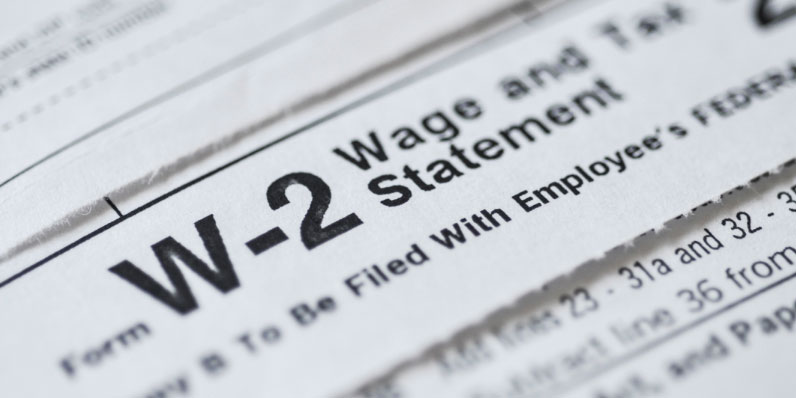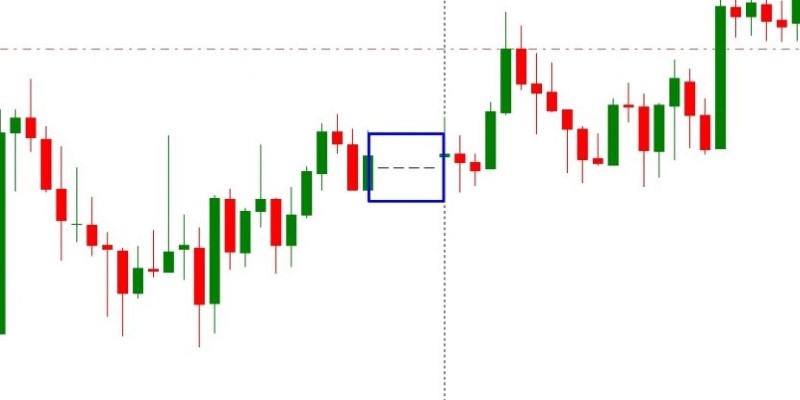A Complete Guide About What Are Core Assets?
Jan 17, 2024 By Triston Martin
Introduction
What Are Core Assets? As part of forming and enacting a business strategy, a corporation will need the resources available to implement this plan. These are crucial materials to have. Therefore, these assets are crucial to a company's long-term profitability. A company's success and continued existence depend on them. Consistently, they will be displayed in the PERT chart. These foundational resources are crucial to a company's capacity to grow its revenue base and maintain a profit. Assets could be things like machinery and warehouse space or the parent company's other businesses.
The resources used in their creation are not the same as the luxuries one can go without to get by in daily life. Without its core resources, a corporation cannot survive. Companies nearing insolvency and liquidation often sell off their most valuable assets. Selling non-essential assets is a common first step for financially struggling businesses seeking capital. They are luxuries that can be enjoyed but aren't essential to the company's survival.
Important Real Estate Holdings as a Core Asset Market participants typically associate "Core Assets" with "growth and income" and a low-to-moderate risk profile. For the owners of core asset properties, the chance to increase cash flows often arises from making minor adjustments to the property, enhancing management methods, or upgrading the quality of the tenants. Similar to core properties, these are usually occupied with a high standard.
The possible negatives of a core plus real estate investments include the need for active ownership and less predictable cash flows compared to core investments. A well-run apartment complex that has been around for 15 years but could use some cosmetic work is an example of a core assets investment opportunity. Deferred maintenance, such as roof and parking lot repairs, will be paid for with a portion of the property's solid cash flow.
Core Assets, As An Example

Firms that operate in various economic or geographical spheres will have varying sets of fundamental resources at their disposal. For instance, a corporation that produces beer may require specialised equipment as a core asset. Intellectual property is a crucial asset for a software design business in the IT sector while being largely intangible. Core plus investors often use 45–60% leverage and aim for 8–10% annual returns. Analysts and investors constantly monitor a company's most important assets for signs of unusual or concerning trends. When business slows, companies may need to liquidate key assets to earn cash to pay off debt. Because of the potential inaccessibility of essential production inputs, this could hurt future business outcomes.
Benefits of Core Assets
High Yield and Appreciation
With the build-to-core approach, investors may simultaneously prioritise growth and income. With new construction, the goal is to increase the value of the equity by a significant amount. A typical investor in a 65%-leveraged project can anticipate a return on equity of at least 100% within the first four to five years and a cash-flowing asset that yields a cash-on-cash return of 8% each year after stabilisation. There will be a negative cash flow during the first two years of a development project because of interest expenses and zero revenue. In year three, revenue will start coming in when leasing gets underway, and by year four, the property should be stable.
Enter Red Hot Markets at a Better Basis
When entering a hot market where products sell for more than they cost to replace, "build-to-core" can be a fantastic strategy. It is normal for existing projects to trade for a premium of 10% or more over what it would cost to build today in cities like Phoenix, Nashville, and Orlando. Investors can enter these markets at a far better entry point using a build-to-core strategy than purchasing an existing property. If the cost to buy an existing property is $260,000 per unit and the cost to build is $230,000 per unit, then it is likely more cost-effective to construct the new building.
Downside Protection

In the world of investment, the biggest danger comes from the unknown. Market pressures can easily overwhelm even the most disciplined investor, no matter how precisely they define where they want to buy, which property they acquire, undertake comprehensive due diligence on, or negotiate every penny. The upside to building from the ground up is that appreciation can help soften the blow of financial setbacks.
Conclusion
Companies can't function properly or produce income if they don't have access to core assets. Lending or long-term investments can be used to fund these assets. When a company is compelled to sell its most valuable assets, it is usually liquidating or on the verge of bankruptcy.

Form W-2: Definition and Working

All About International Tax Competitiveness Index 2022

Doji Candlesticks: Unlocking Market Insights Through Indecision

Saving For Retirement: When Is It Too Late To Have Nothing Saved For Retirement

The Gamma Squeeze: What Is It?

Best Vision Insurance Companies Of 2022

Investing in 3x ETFs Can Be Riskier Than You Think

Business Equity Loans Explained: Which Option Suits Your Needs

Understanding the Differences Between Futures and Forwards Contracts

